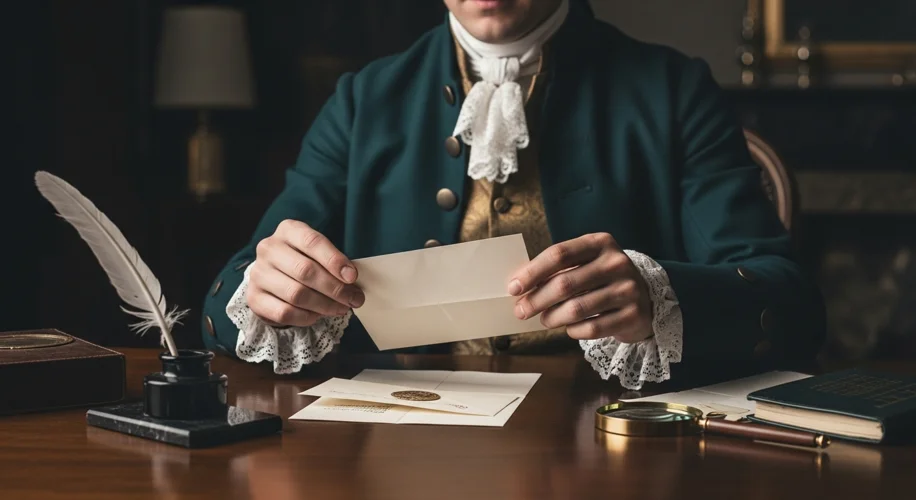When we think of spies, our minds often jump to thrilling chase scenes, gadgets, and double-crossing agents straight out of a Cold War novel. But the truth, as it often is with history, is far more fascinating and, in many ways, surprisingly modern.
My travels through European archives often lead me down unexpected rabbit holes. While sifting through dusty letters from ambassadors or court ministers, I’ve stumbled upon the quiet, painstaking work of 18th-century intelligence gathering. Forget James Bond. The real game was played in dimly lit rooms, with meticulous deciphering and carefully cultivated whispers.
The most overt, yet still secret, system was the ‘Cabinet Noir,’ or ‘Black Chamber.’ This wasn’t a metaphor; it was a physical department, often hidden within the post office itself. Here, skilled clerks would intercept, open, read, copy, and then painstakingly reseal private correspondence. Think of it: every letter, every sealed envelope, was a potential treasure trove of information. The French, Austrians, and British all had sophisticated versions of these operations. It required incredible precision, the ability to replicate wax seals flawlessly, and an army of dedicated, often underpaid, individuals. This wasn’t about cracking complex ciphers all the time, though that happened too. It was about sheer volume, sifting through the mundane to find the critical nugget.
But intercepted mail was only one piece of the puzzle. The true espionage game often relied on human networks. Diplomats were not just negotiators; they were intelligence chiefs. Their staff, their servants, even their social acquaintances were potential sources. Imagine a bored secretary, paid a small sum to copy a treaty draft, or a courtesan overhearing critical information from a loose-lipped general. Information flowed through salons, coffee houses, and back alleys. This was a world where personal loyalties could be bought, where gossip was a strategic asset, and where a misplaced word could change the course of a battle or a dynastic marriage.
The stakes were incredibly high. Knowing the enemy’s troop movements, their financial troubles, or their internal dissent could mean the difference between victory and defeat in a war, or the success of a delicate peace treaty. This wasn’t just for grand strategy; it was for economic advantage, too. Who was trading with whom? What were the prices of critical goods? Every scrap of intelligence contributed to a state’s power.
What strikes me about these historical operations is their enduring relevance. The desire for information, the methods of collection, and the human element of trust and betrayal haven’t really changed. While our technology has evolved from wax seals to digital packets, the core dynamic remains. The 18th-century spy wasn’t chasing villains across rooftops; they were quietly, methodically, gathering data. And in doing so, they shaped empires, influenced global events, and laid the groundwork for the complex intelligence apparatuses we know today. It’s a reminder that history isn’t just about grand figures; it’s about the hidden mechanisms and the unsung individuals who made their own quiet impact.

